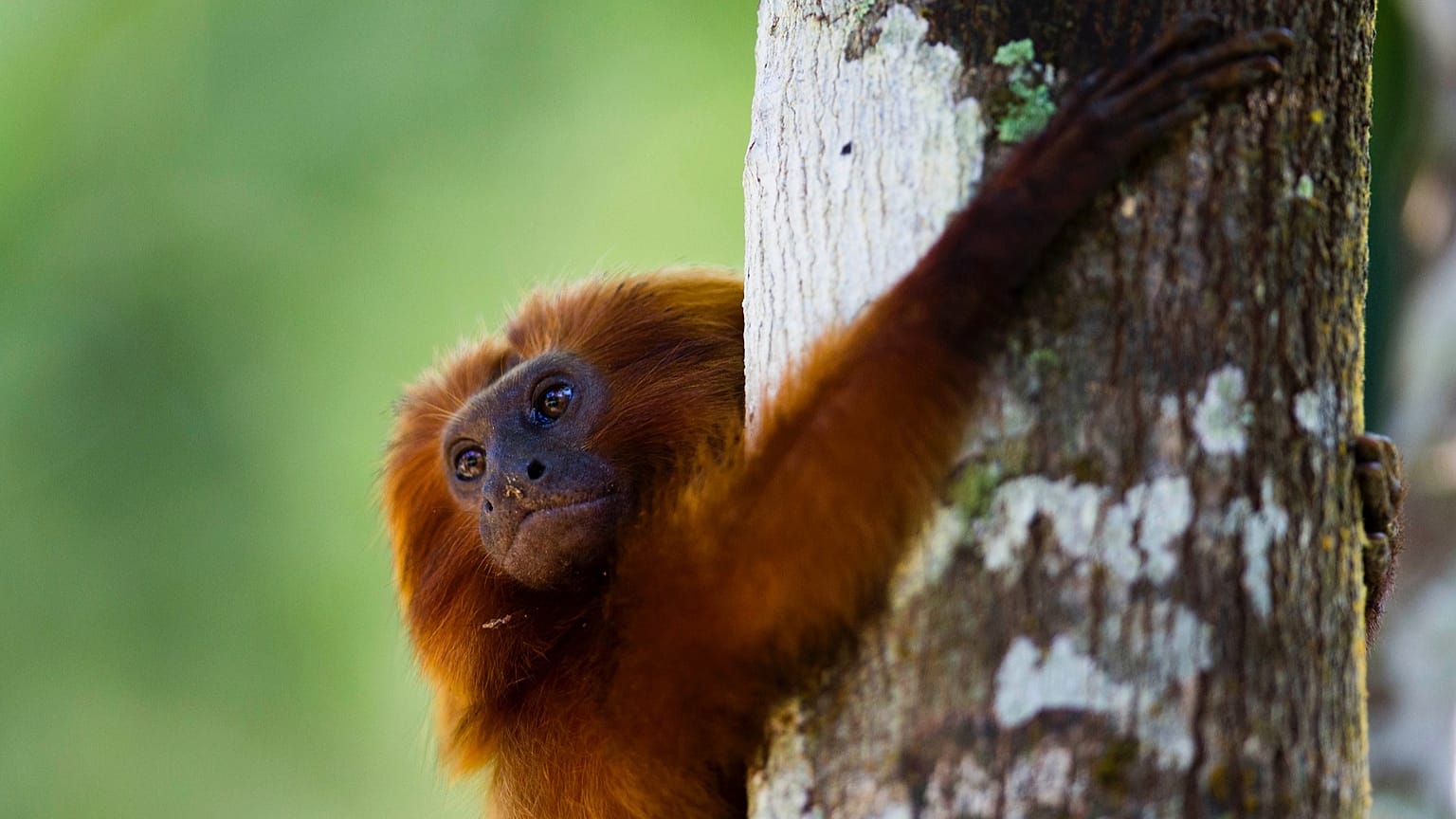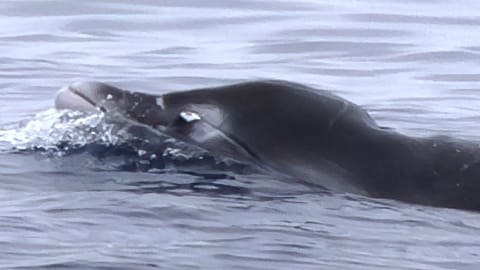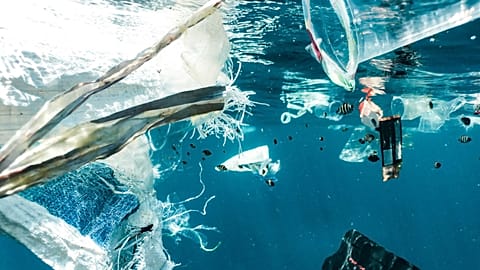Researchers have warned that the findings should not be used as a ‘carte blanche’ for destructive human behaviour.
Extinction rates have slowed across many plant and animal groups, despite claims that the planet is experiencing another “mass extinction”.
New research from the University of Arizona unexpectedly found that extinctions in plants, arthropods and land vertebrates peaked around 100 years ago, and have since declined.
Published in the journal Proceedings of the Royal Society of London, the paper analysed rates and patterns of 912 species that went extinct over the past 500 years.
It found that suggestions of a current mass extinction in previous studies have relied on projecting past extinctions into the future. However, this ignores differences in the factors driving extinctions in the past, present and future.
What is causing extinctions?
"We discovered that the causes of those recent extinctions were very different from the threats species are currently facing," says author John Wiens.
"This makes it problematic to extrapolate these past extinction patterns into the future, because the drivers are rapidly changing, particularly with respect to habitat loss and climate change."
The researchers found that past extinctions were mostly caused by invasive specieson islands and not the “most important current threat”, which is the destruction of natural habitats.
Unexpectedly, researchers found that in the last 200 years, there was no evidence for increasing extinction from climate change.
Many species appeared to go extinct on islands due to predators and competitors brought by humans, such as rats, pigs and goats.
However, Wiens warns that this does not mean that climate change is not a threat.
"It just means that past extinctions do not reflect current and future threats,” he adds.
A ‘carte blanche’ for human activity
Researchers also considered threat levels for 163,00 species - arguing these provide the “best hint” of what may happen in the future.
Wiens says most extinct species are molluscs and vertebrates on islands that were driven to extinction by invasive species, but most threatened species today live on the mainland and are at risk due to habitat destruction.
Lead author Kristen Saban says she does not want the study’s findings to be “taken as giving people a carte blanche” to suggest that human activity doesn’t present a significant and urgent threat to many species.
“Biodiversity loss is a huge problem right now, and I think we have not yet seen the kinds of effects that it might have," she adds.
"But it's important that we talk about it with accuracy, that our science is rigorous in how we're able to detail these losses and prevent future ones."
Are conservation efforts working?
Conservation efforts may also be behind declining extinction rates, as researchers found that investing money in these practices “actually works”.
For example, earlier this month, green sea turtles were reclassified from “endangered” to “least concern” thanks to decades of marine conservation.
Having spent more than 40 years on the International Union for Conservation of Nature’s (IUCN) red list for endangered species, the species’ global population has increased by approximately 28 per cent since the 1970s.
Green sea turtles were frequently killed to make soup and other culinary delicacies, resulting in their population plummeting in the 1980s.
However, conservation efforts focused on protecting nesting females and their eggs on beaches, reducing unsustainable harvest of turtles and their eggs for human consumption, and tackling accidental capture of turtles in fishing gear have allowed the animal to make a dramatic rebound.
“This is a major win for turtle conservation and proof that coordinated action can reverse populations at risk of extinction,” says WWF’s global marine turtle conservation lead Christine Madden.
While the “major milestone” is worth celebration, Madden warns now is not the time to become “complacent”.
“Conservation efforts must continue for green turtle populations to thrive and recover in areas where they remain threatened by fishing gear entanglement, overfishing and loss of habitats,” she adds.
Climate change is not a ‘distant problem’
While conservation efforts have helped get green sea turtles off the red list, climate change is pushing other species towards extinction.
The hooded seal, for example, has dropped from “vulnerable” to “endangered” on the IUCN list, while the bearded and harp seal have both been reclassified from “least concern" to “near threatened”.
Sea ice loss accelerated by rising temperatures has been identified as the “primary threat” to the arctic seals, triggering difficulties for the species to breed, rest and feed on ice sheets.
“Climate change is not a distant problem – it has been unfolding for decades and is having impacts here and now,” says Dr Kit Kovacs of IUCN.


















